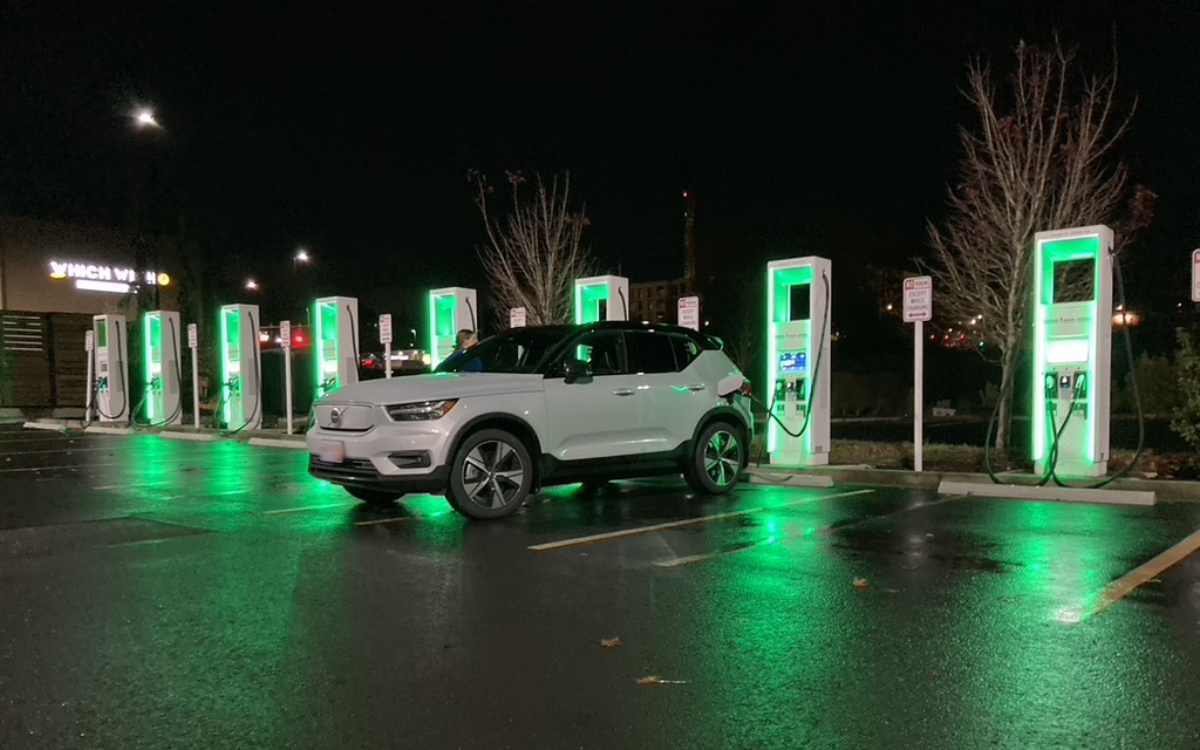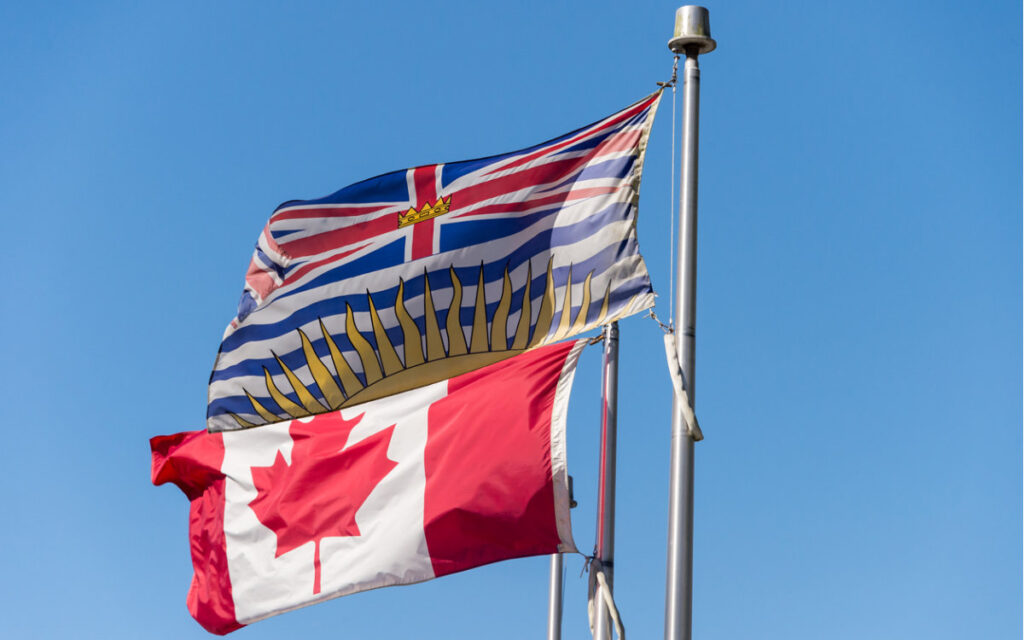For the last two years, the electric vehicle market has been in the spotlight. Every day, multiple articles are published in the mainstream media. As someone who has been in the industry for almost ten years, seeing the market changing rapidly in the last few years has been very exciting for new opportunities across the entire electric vehicle industry. Recently, the business case for DC fast chargers on properties has gained popularity with the increased ROI. Many third-party groups are trying to get access to valuable land with long-term leases, but is it the right option for landowners?
The Early Days
In early 2010, only governments, utilities, and Tesla were investing in DC Fast Charging (DCFC) providing a 20-40 minute charge. In these early days, there was no short-term ROI expected on these projects as very few EVs were on the road to cover the high DCFC project costs. Slowly, more EVs were sold, and the business case started becoming appealing to property owners, as EVs increased traffic to their sites while also enjoying a generous government incentive of up to 50% funding for each project. Nevertheless, an ROI was a challenge to achieve.
The New Phase – Third-Party Free EV Charging Infrastructure
In the last 36 months, everything has changed. EV adoption is through the roof creating a supply shortage for dealerships already struggling with supply chains as they also had underestimated the demand for electric vehicles. The war in Ukraine only helps fuel the demand as gas prices jumped up to $2.33/L in Canada ($10.08/G) inflating the demand for EVs even more.
Private companies have noticed this rising demand. Any landowner can relate, as they’ve been targeted by several third-party companies, all looking for a long-term agreement to install free EV charging stations on their property. Many oil companies are now rushing into the industry as if North America had already achieved the threshold for 20% EVs of all registered vehicles. What exactly is driving these third-party companies to look for land? They know something property owners don’t.
The Key – Carbon Credits
One of the most important reasons why many companies want to install EV charging stations on commercial property is due to the new Carbon Credit Programs. The programs have been around for a few years in California and British Columbia (Canada soon), however starting in January 2022, a slight, but significant change has been made. EV charging stations are now allowed to generate their own credits.
The carbon credit market is based on supply and demand. In the last few years, the value of a carbon credit has jumped over 100%, year over year just in BC alone, and over 500% since 2018. There is no historical data on the federal program as it will be implemented later this year.
In the case of a BC location, the EV site owner gets double the carbon credits, as the Canadian and provincial carbon credit programs as mutually exclusive allowing them to be collected under the provincial and federal programs separately.
These new realities have not gone unnoticed by many companies and should be considered very carefully by landowners before agreeing to any long-term leases for a third party to install free charging stations on their property. As we all know, nothing is ever “free.” These “free” EV Charging stations will be used to generate carbon credits to be resold on the market, which in many cases will be sold back to the property owners the credits were generated from.
Many players have noticed and are desperate to find land to install their own DCFC stations on any property they can put their hands on. In fact, some might even provide an upfront payment or lease stalls. — Slow Down — Property owners, it is worth pausing and taking a moment to understand what is being given away to a third party. What value would a landowner receive over the timeline of the lease agreement? Would creating their own carbon credits, collecting data, and becoming a “fuel supply” be a better long-term strategy? For any property owner, installing your own charging stations might well be the way to go as it allows you to keep control of the site.
In 2021, Electrify America (Canada) has seen twice the amount of charging sessions from 2020, a 100% increase in just a year and it will only keep increasing year over year. At the current carbon credit price (depending on the jurisdiction) a well-located charging site could generate hundreds of thousands of dollars in carbon credits alone annually. For gas companies, it’s a double benefit as it also allows them to offset their carbon emission toward oil production and operation. No wonder Tesla and other companies are rushing to get long-term leases on key properties.
Carbon credits are calculated on the total amount of kWh delivered within a year. More charging equals more dollars. Understanding that the emission reduction goals of many governments include all new vehicles sold by 2035 to be zero-emission, the growth curve to supply electricity and collect carbon credits on top of actual charging fees has turned toward the charging station owners’ benefits by significantly increasing the ROI.
As a landlord, complying with ESG targets/requirements is becoming the norm. Falling short of GHG emissions targets, landlords will have to buy carbon credits to offset their own emissions. It would be possible to do this all internally should landlords be generating their own carbon credits through EV charging. However, should the right be given to a third party, the landlord would have to purchase credits from the same third party that installed “free” EV charging stations on the landlord’s property.
Contract Leverage is in the Landlords’ Hands
Many of these “free” EV charging infrastructure offerings will come with various clauses: exclusivity agreements, long-term leases, questionable exit clauses, and zero or very little profit sharing with the property owner. In many cases, the carbon credits won’t even be mentioned in the contract as third parties do not want to share nor voluntarily disclose their value. LeadingAhead Energy has reviewed many contracts from different free EVSE providers, building our unique understanding of where property owners can negotiate should it be the chosen path. The bottom line is that land is the most valuable part of the deal, and the leverage is in the owners’ hands.
Network Providers — Claim Your Credits
Currently, under the Canadian Clean Fuel Standard, which is the program that generates the carbon credits, network providers will be collecting the carbon credits, not the charging station owners who invested in the projects. Thanks to heavy lobbying from the big network providers in Canada. Should you have to charge stations with a network provider in provinces other than British Columbia, make sure to claim your carbon credits with the network provider or simply look for another provider. Anyone who invests in a project should be getting the carbon credits that the charging stations they own generate. This would be similar to investing money at a bank, but the bank keeps the interest from your investments.
Conclusion
Anytime a third party reaches out to provide free charging stations seems like an appealing offer. However, as the EV market is rapidly increasing, it’s time now for property owners to understand the true long-term value of their agreement and what they are giving up in exchange for an 8-15 year lease. What would the benefit be in owning and operating charging stations over having a third-party company claiming the real dollar value from each deal?



